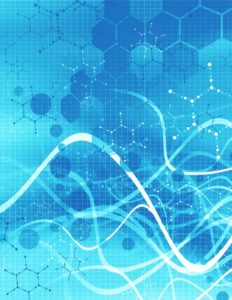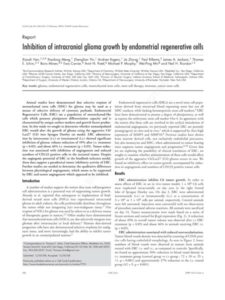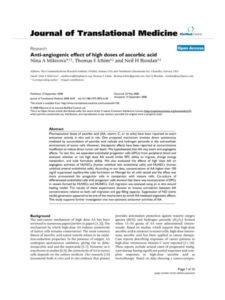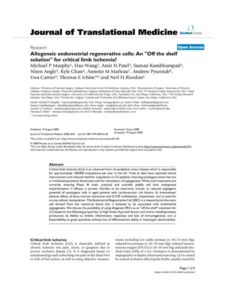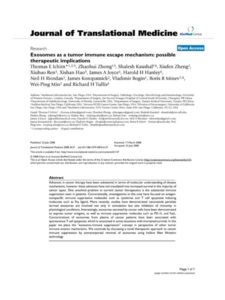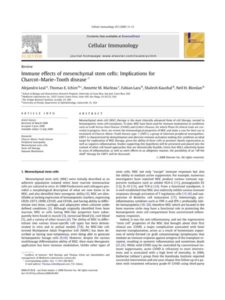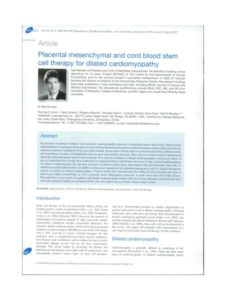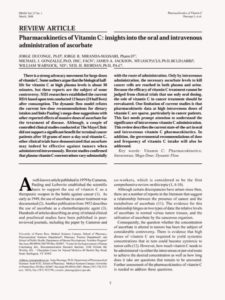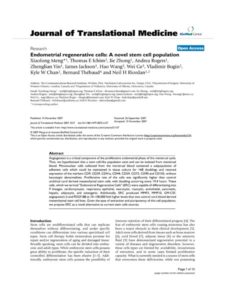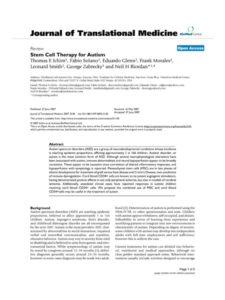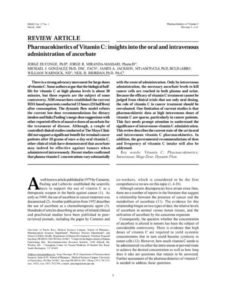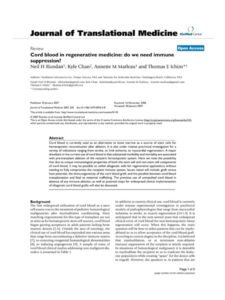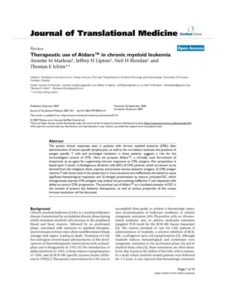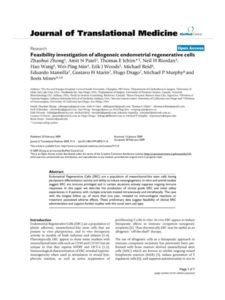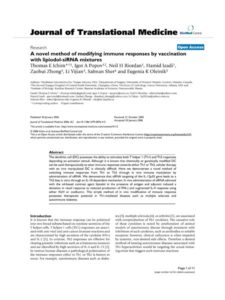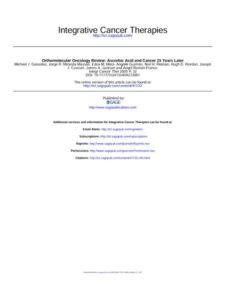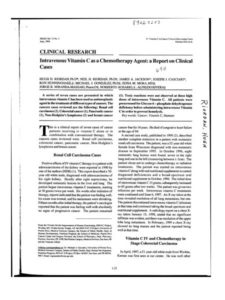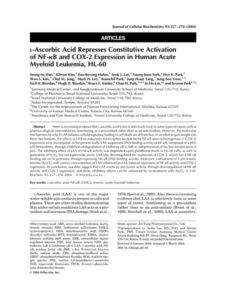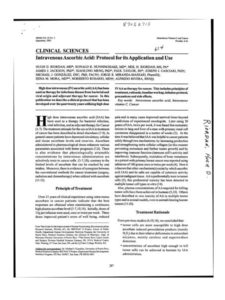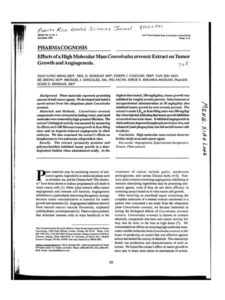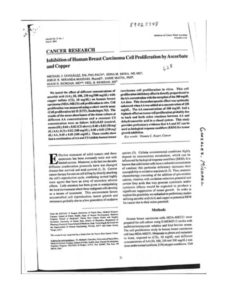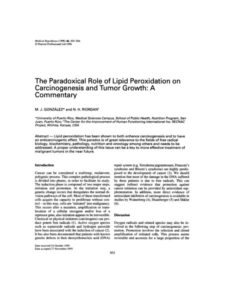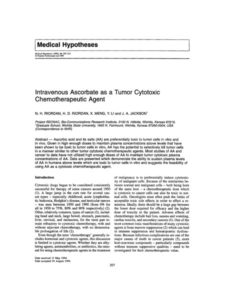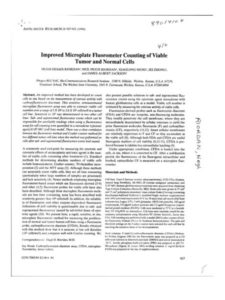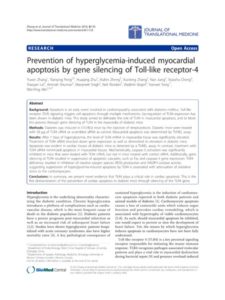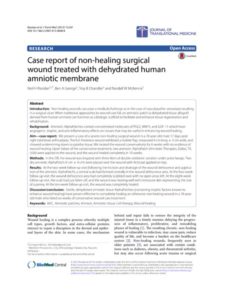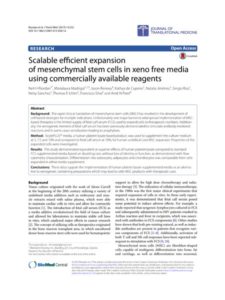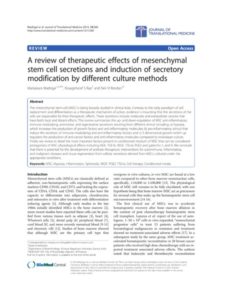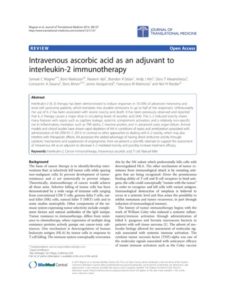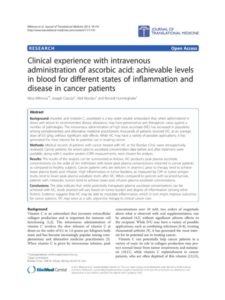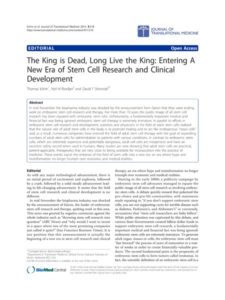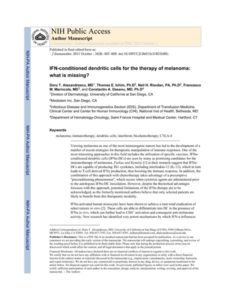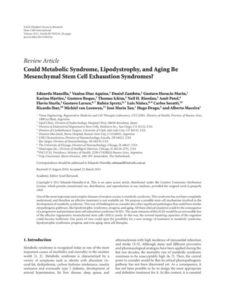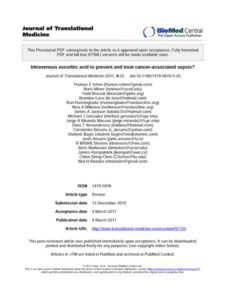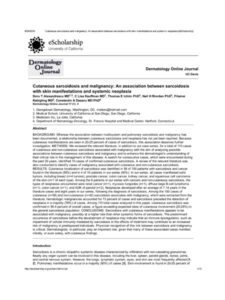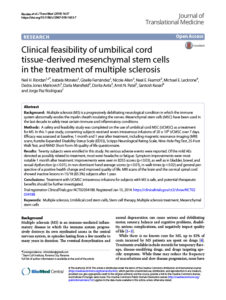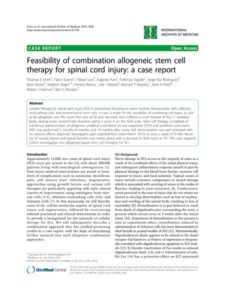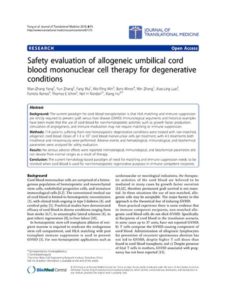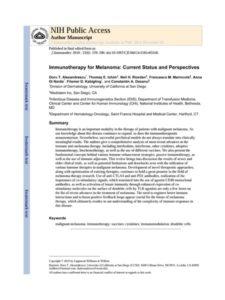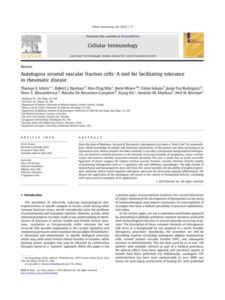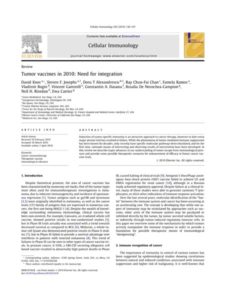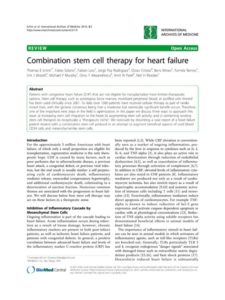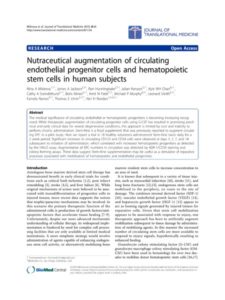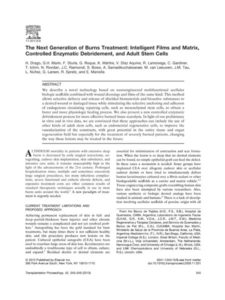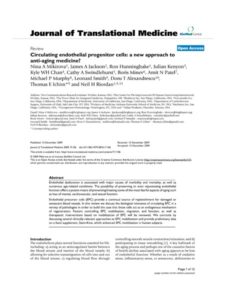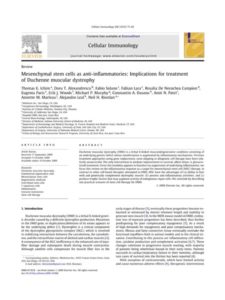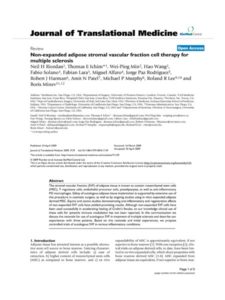Comparison of Cost and Potency of Human Mesenchymal Stromal Cell Conditioned Medium Derived from 2- and 3-Dimensional Cultures
Bioengineering 2023, 10, 930. https://doi.org/10.3390/bioengineering10080930
Marialaura Madrigal, Patricia L. Fernández, Ricardo Lieonart, Lizmar Carreño, Kaiser Alejandro Villalobos Gorday, Ellís Rodríguez, Kathya de Cupeiro, Carlos M.Restrepo, K. S. Jagannatha Rao and Neil H. Riordan
Abstract
Mesenchymal stromal cell (MSC)-derived products, such as trophic factors (MTFs), have anti-inflammatory properties that make them attractive for cell-free treatment. Three-dimensional (3D) culture can enhance these properties, and large-scale expansion using a bioreactor can reduce manufacturing costs. Three lots of MTFs were obtained from umbilical cord MSCs produced by either monolayer culture (Monol MTF) or using a 3D microcarrier in a spinner flask dynamic system (Bioreactor MTF). The resulting MTFs were tested and compared using anti-inflammatory potency assays in two different systems: (1) a phytohemagglutinin-activated peripheral blood mononuclear cell (PBMNC) system and (2) a lipopolysaccharide (LPS)-activated macrophage system. Cytokine expression by macrophages was measured via RT-PCR. The production costs of hypothetical units of anti-inflammatory effects were calculated using the percentage of TNF-α inhibition by MTF exposure. Bioreactor MTFs had a higher inhibitory effect on TNF (p < 0.01) than monolayer MTFs (p < 0.05). The anti-inflammatory effect of Bioreactor MTFs on IL-1β, TNF-α, IL-8, IL-6, and MIP-1 was significantly higher than that of monolayer MTFs. The production cost of 1% inhibition of TNF-α was 11–40% higher using monolayer culture compared to bioreactor-derived MTFs. A 3D dynamic culture was, therefore, able to produce high-quality MTFs, with robust anti-inflammatory properties, more efficiently than monolayer static systems.
Conclusions
The results of the present study demonstrate a highly reliable method for obtaining MSCs with a high viability and doubling rate in a 3D dynamic system with macroporous gelatin microcarriers in a low-glucose medium. We have successfully shown the simulta- neous production of MSCs and anti-inflammatory MTFs, without the need for additional concentration or purification steps. The use of MTFs produced in a 3D dynamic system is more cost-effective per anti-inflammatory percent unit compared to MTFs obtained from a monolayer culture. Furthermore, we have developed a method to quantify the anti- inflammatory effect of MTFs, which can serve as a reference for quality control procedures and contribute to improving the efficacy of the product for clinical use. The development of enhanced MTF products of clinical relevance in a cost-effective manner holds the potential to offer therapeutic solutions with fewer adverse effects compared to the drugs currently available for the treatment of acute and chronic inflammation, as well as immune disorders.

